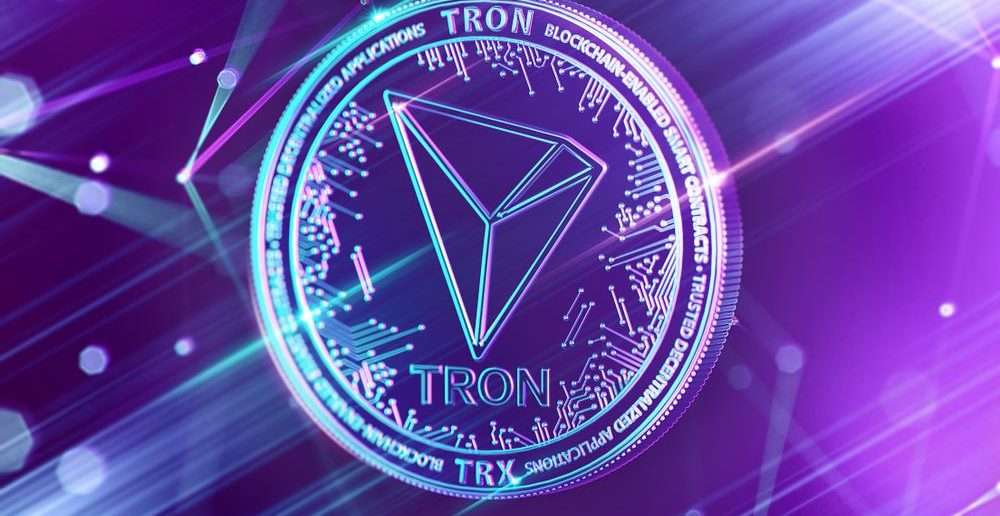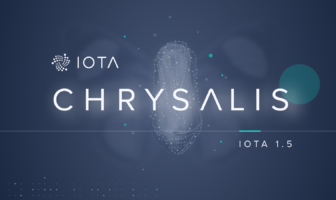What is Tron?
According to the whitepaper, Tron is an open source blockchain-based protocol that aims to create a distributed content sharing system for the entertainment industry and the future of distributed social media platforms.
As the founders emphasize several times in Tron’s white paper, the project aims to revive the original idea of the Internet as invented by Tim Berners-Lee. Instead of being a tool of a few large corporations, such as Google, Facebook and Amazon, which use the Internet for their own purposes to earn billions of dollars, the Internet should once again be a free, fair and transparent space. To achieve this, a Web 4.0 platform is to be developed.
Users will be able to upload the shared content directly, without the need for an intermediary such as YouTube, Facebook or Instagram. Tron’s peer-to-peer platform thus eliminates intermediaries. Corporations that currently have their entire business model based on user data are deprived of power over external user data. At the same time, users of the network are paid for their contributions and content without third parties being involved. In addition, censorship and manipulation are prevented and greater transparency is created.
The crypto currency Tronix (TRX)
The official cryptocurrency of TRON is TRONIX. You can find the current price of TRX on our marketcap overwiew page.
Just like Ethereum or EOS, all Tronix transactions are recorded through a public ledger and can be tracked through the Tron Explorer. TRX is used to vote for the Super Representatives and to obtain bandwidth. When a user freezes a TRX from himself, he receives Tron Power (TP), with which he can vote for a super-representative.
In principle, transactions in the Tron network are free of charge. It is important to note, however, that each account on the network is only allowed one free transaction every 10 seconds to “ensure the smooth operation of the network”. Bandwidth is required to send transactions more frequently.
1 TRX corresponds to 1,000,000,000 Sun (named after the founder Justin Sun). A frozen Sun corresponds to a bandwide point, which is constantly calculated from the amount of the frozen balance (in days).
TRX’s total supply is 100 billion TRX, with 34,251,807,523.9 TRX held by the Tron Foundation and remaining frozen until January 1, 2020.
The founder of Tron: Justin Sun
The founder and CEO of TRON, Justin Sun, is similar to Vitalik Buterin for Ethereum, the central personality for Tron. Justin Sun is a protégé of Jack Ma, the founder of Alibaba. He was personally chosen by Jack Ma to study at his Hupan University. This is one of the reasons why there are rumours that Alibaba and Tron could conclude a cooperation agreement in the future.
In addition, Justin Sun already landed in the Forbes China list “30 under 30” in 2015, and in the Forbes Asia list “30 under 30” in 2017. One reason for this was certainly that the still young Sun has already founded the Chinese Snapchat, the Peiwo app, which has more than 10 million users in China. However, unlike Alibaba, it was clear early on with the Peiwo app that Peiwo would be integrated on the Tron platform, and that it would attract 10 million potential TRX users. This already took place in February 2018.
Tron Roadmap
In contrast to numerous other blockchain projects, Tron is planning long-term projects. The development of the platform is to take place in six phases between 2017 and 2023. These phases are:
- Exodus : Create a simple, distributed file share based on a similar solution to IPFS.
- Odyssey: creation of economic incentives to create content and strengthen the network
- Great Voyage: Creating the opportunities to launch ICOs on Tron
- Apollo: Possibility for content producers to issue personal tokens (TRON 20 tokens).
- Star Trek: Provision of a decentralized gaming and forecasting platform (similar to Augur)
- Eternity: monetization based on community growth
Currently (October 2018) Tron is in the “Odyssey” phase. In particular, the aim of this phase was to make Tron’s proof-of-stake model available and operational.
Trons Delegated Proof-of-Stake / Super Representatives
Trons Delegated Proof-of-Stake (DPoS) is most similar to EOS DPoS. Owners of the TRX token are entitled to vote for the block producers (“Super Representatives”) in proportion to their ownership. The 27 candidates with the most votes will be elected as Super Representatives (SR). The choice takes place daily, every 6 hours, whereby the SRs do not compete with each other for the creation of a block (as with Bitcoin), but are in turn one after the other.
Each time a Super Rep finishes block production, he will receive a reward of 32 TRX. The TRON protocol network generates a block every 3 seconds, resulting in a total of 336,384,000 TRXs annually awarded to the 27 Super Representatives.
What is the Tron Virtual Machine?
The Tron Virtual Machine (TVM) is used to execute and test decentralized applications on the blockchain. The TVM was officially launched on 30 August 2018. This gave developers the opportunity to develop Smart Contracts in various programming languages and deploy applications. According to Medium Post the
TVM is a lightweight, Turing complete virtual machine that was developed for the development of the TRON ecosystem. TVM aims to provide millions of global developers with a bespoke blockchain development system that is efficient, developer-friendly, stable, secure and easy to optimize.
Project Atlas – TRON integrates BitTorrent
Tron caused a sensation in June 2018 when it announced the purchase of file sharing pioneer BitTorrent. With BitTorrent, Tron received a platform that can boast over 100 million active users, which could be potential TRX users in the future.
A few months after the acquisition, Justin Sun presented the “Atlas Project”, which aims to connect Tron to BitTorrent’s peer-to-peer network. BitTorrent is to receive a token economy in which TRX serves as a means of payment and peers can exchange them for services. This is intended to create an incentive system in order to speed up data transfer in the long term.
Subscribe to our daily newsletter!
No spam, no lies, only insights. You can unsubscribe at any time.
Users who upload data (“seeding”) should receive a financial incentive to do so over a longer period of time. Downloaders (“Leecher”) should be able to offer TRX in order to get the desired data faster. The entire network should become larger and faster. However, it is important to know that the token model is optional and does not have to be used by the users.





